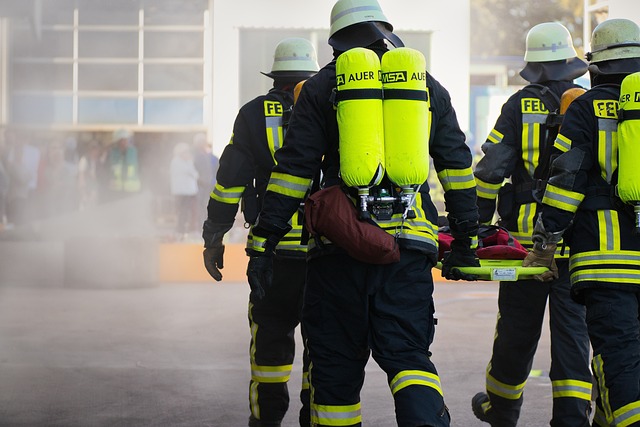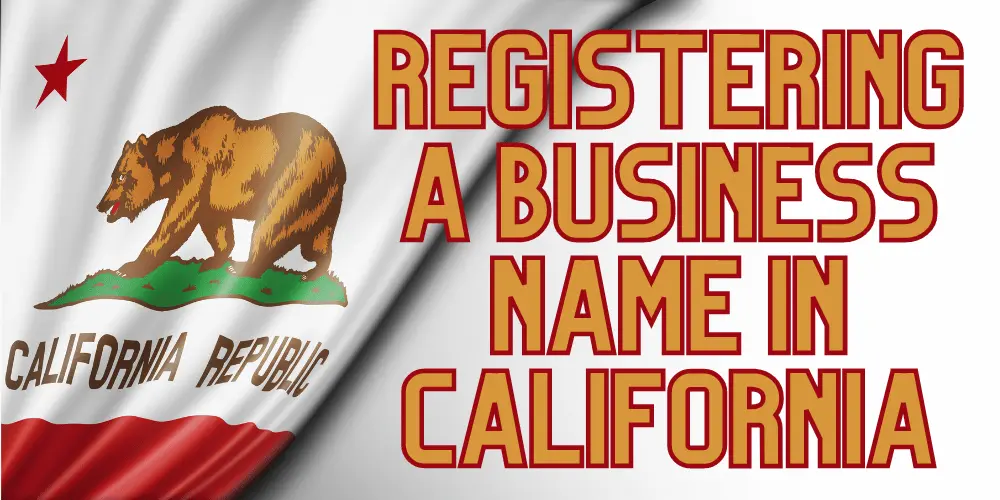A common question arises: What are the ranks in firefighting in the USA? Firefighting in the United States works like a well-oiled machine. There’s a clear rank ladder that makes sure everyone knows what to do when emergencies happen. Each step up means new duties & skills to learn. It’s useful to know these ranks if you’re thinking about joining the fire service or are just curious about how they operate.
The hierarchy? It doesn’t just provide structure. No, it also ensures efficient communication and coordination during crucial moments, where seconds can mean the difference between life & death. From the brave entry-level firefighter on the front lines to the fire chief overseeing everything strategically, each rank has a vital role in keeping public safety intact. Moving up means more complex responsibilities & constant learning.
Appreciating the Dedication and Structure Behind Firefighting Ranks
Understanding these ranks shows us the dedication and hard training firefighters go through to keep their communities safe. It highlights teamwork & leadership, both of which are super important in high-stress situations. Whether you want to become a firefighter or just have respect for them, knowing about their rank structure can deepen your appreciation for these everyday heroes and the meticulous organization that supports their lifesaving work.
Entry-Level Ranks of a Firefighter | Trainee/Probationary Firefighter
Responsibilities: The firefighting journey kicks off as a trainee or probationary firefighter. Here, rookies train hard at the fire academy, learning basic firefighting, emergency medical stuff, and just how tough the job can be. They get hands-on with fire hoses, gear, search & rescue operations, and first aid.
Qualifications: A high school diploma or GED is usually needed. Plus, passing physical and written tests, background checks, & interviews is a must. Trainees also complete their academy training and get Firefighter I & II certifications from the NFPA.
Firefighter
Responsibilities: After training comes the rank of firefighter. These folks respond to alarms, put out fires, do rescues, and give medical help when needed. They join fire prevention programs, maintain equipment, & keep learning to stay sharp on safety rules.
Qualifications: Firefighters must have finished their probation and earned the necessary certificates. Staying fit and top-notch at their tasks is also key.
What are the Mid-Level Firefighting Ranks?
Driver/Engineer
Responsibilities: The driver (or engineer/apparatus operator) drives the truck to emergencies and handles all its equipment. They need deep knowledge of the truck’s technology & tools, plus skills to fix small issues on site.
Qualifications: To drive the rig, firefighters often need years of practice plus extra training in apparatus operation. Passing practical and written exams on vehicle handling is common in many departments.
Lieutenant
Responsibilities: Lieutenants are officers supervising firefighter teams during shifts & emergencies. They lead fire attacks & rescues while ensuring safety protocols are followed. It is also key to training newbies & doing performance evaluations.
Qualifications: This usually requires lots of firefighting experience plus leadership training, not to mention passing a promo exam. Sometimes an associate’s or bachelor’s degree in fire science helps too.
Captain
Responsibilities: Captains manage several fire companies or stations, coordinating everything from everyday stuff to big emergencies. Strategic planning & making sure everyone’s trained correctly fall under this role’s umbrella too.
Qualifications: Lieutenants aiming for captain need strong leadership skills coupled with extensive firsthand knowledge of departmental protocols advanced courses and additional certificates are also required
Senior-Level Ranks
Battalion Chief
- Responsibilities *: Battalion chiefs oversee multiple stations within specific areas called battalions, managing large-scale responses supervising operations, ensuring safety adherence performing inspections, developing training plans, and participating in strategic planning Qualifications *: This senior role demands deep command expertise, exceptional decision-making adeptness, and ability to manage complex emergencies advanced education/training related fields
Assistant Chief/Deputy Chief
- Responsibilities *: Assist the chief in managing departmentwide operations, overseeing sections like operations, training, fire prevention/medical services, developing policies, and ensuring regulation adherence. (b) Qualifications: * Extensive multi-role experience and advanced degrees/training in public administration-related leadership communication organization skills are essential for this position
Executive-Level Rank: Fire Chief—Guardian Foremost in the Grind
Fire Chiefs sit at the Top levels of fire department management. They’re the ones who set strategies, delegate tasks & talk with public authorities and organizations. This includes public and government agencies. They handle emergency response planning, disaster preparedness, and community relations. Moreover, they plan & coordinate for smooth operations.
To do well as a fire chief, having advanced degrees often helps a lot. It shows professionalism and dedication built over many years, maybe even decades. These leaders need great communication and organizational skills to lead with authority and clarity. The job asks for top-notch multitasking abilities, deep expertise, & a constant desire to learn more.
Fire chiefs are skilled at juggling various responsibilities. They are polished enough to handle all sorts of crises. Their persistence & steadfast methods help them create effective strategies and protocols. In the end, their leadership helps develop skilled and brave firefighters who are dedicated to protecting humanity.
Specialized Ranks in Firefighting
Firefighting is a complex & dynamic job. It needs specialized ranks to handle its many and intricate duties. These roles need specific skills, special divisions, and certain certifications. Here’s an overview of some key ranks in firefighting:
Fire Marshal
Duties: Fire Marshals are in charge of making sure fire codes are followed, investigating fires, and promoting safety in communities. They make sure legal rules are met and stay focused on safety. Their job includes doing fire inspections, finding out why fires happen, and teaching the public about fire prevention.
Responsibilities: keeping fire codes, checking into fires, ensuring legal rules, promoting public safety, and staying alert.
Training Officer
Duties: Training officers create programs to train firefighters at all levels. They ensure that the team is well-trained and that training methods are current. They work on improving training plans, keeping high teaching standards, and boosting the quality of education for firefighters.
Responsibilities: making & delivering training programs, improving teaching methods, upholding training standards; and improving firefighter knowledge & skills.
EMS Officer
Duties: EMS Officers manage the emergency medical services (EMS) within the fire department. They supervise EMS staff training & performance, ensure smooth work with healthcare providers, and constantly check & improve EMS protocols. Their role is crucial for readiness and effective medical response during emergencies.
Responsibilities: supervising EMS staff & their training, ensuring healthcare collaboration, checking EMS protocols, and staying prepared.
The Complicated World of Firefighting Ranks
The hierarchy in firefighting is carefully planned so each rank ensures smooth & safe operations. From new firefighters to top fire chiefs, each position needs dedication, tough training, and unwavering professionalism. Knowing these ranks gives a peek into the complex world of firefighting. It highlights the bravery & commitment shown by firefighters daily.
Ultimately (and most importantly), the set boundaries in firefighting are independently vital and clearly outlined. The varied perspectives & multifaceted skills of each rank ensure that the firefighting team works seamlessly together. By understanding this rank structure more deeply, we appreciate how organized & dedicated the firefighting profession is!







